Salvador Dalí, the surrealist genius, left an indelible mark on the art world with his masterpiece «Young Woman at a Window». This oil on paper, created in 1925 during the artist’s youth, offers a unique vision of Dalí’s sister, Anna María, contemplating the sea from a window in Cadaqués. In this article, we will explain the details, the historical context and the personal connection that defines this unique piece.
Tabla de contenidos
- Young Woman at a Window by Salvador Dali – 1925
- Dream scenarios for «Young Woman at a Window»
- Reflection and poetry of Dali at the window
- Dalí’s Triumphant Debut with «Young Woman at a Window»
Young Woman at a Window by Salvador Dali – 1925
Salvador Dalí surprises at first glance by deviating from his characteristic style. This painting adopts a figurative approach that exhibits a sense of classical realism, reminiscent of Andrew Wyeth’s style of American realism, characterized by its expression through monochromatic colors. The window, with its stark contrasts and the solitary looming figure, plays intriguingly with the elements, defying expectations commonly associated with Dalí’s works.
FULL DESCRIPTION:
Artist: Salvador Dalí
Medium: Oil on paper
Year: 1925
Dimensions: 105 cm × 74.5 cm (41 in × 29.3 in)
Location: Museo Nacional Centro de Arte Reina Sofía, Madrid
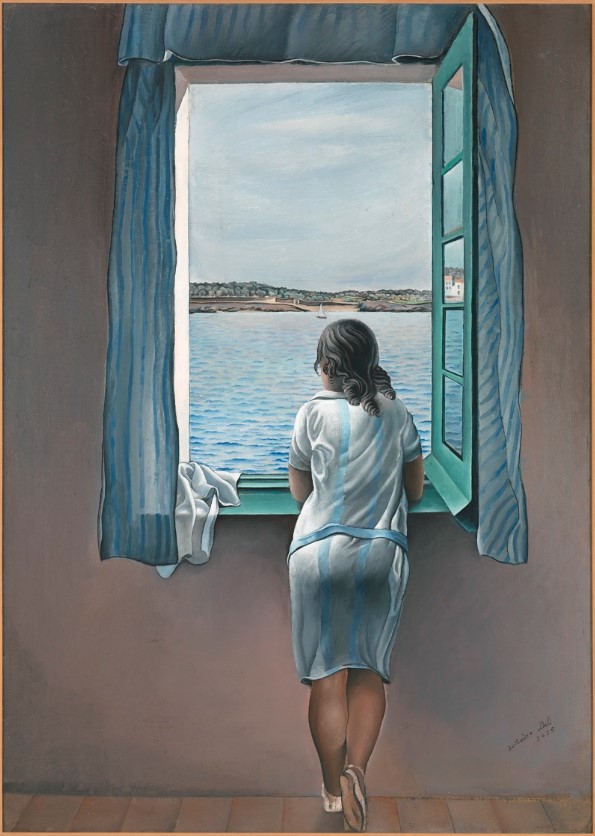
The focal point
The focus of attention in this image is on the woman’s back, not on the direction in which she is looking. The figure’s clothing is presented in a discreet and pure manner, exhibiting a simplicity devoid of pretension and a relaxed atmosphere. The window, for its part, acquires a striking presence, appearing larger than life itself and occupying a significant portion of the canvas.
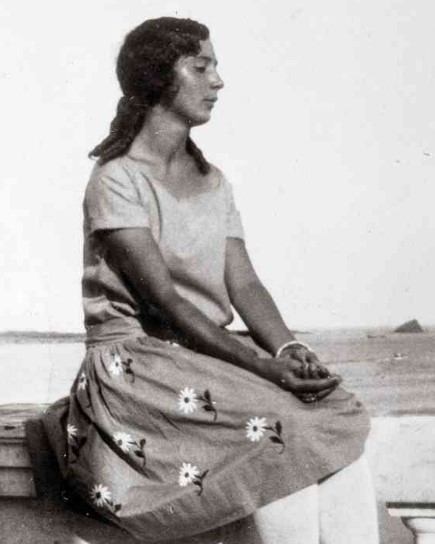
«My brother painted numerous portraits of me. Many of these were basic studies that focused on my hair and showing a bare shoulder.» Anna Maria Dalí
An interesting article to read: The Basket of Apples by Paul Cézanne【Balancing】
Breaking point with her sister
Dalí had differences with his sister, who wrote an autobiography in 1949 that presented an image opposite to the one carefully constructed by Dalí in his own autobiographies, which resulted in the rupture of family relationship.
In revenge, he is said to have painted in 1954 another version of the «Young Woman at a Window», entitled «Young Virgin Self-Sodomized by the Horns of Her Own Chastity». This work contrasts sharply with «Young Woman at a Window,» which depicts chastity and neutrality.
The 1954 painting is explicit and opposite to the previous one, highlighting the windows in both paintings: the figure overwhelms the window in the new work, while in the classic, the window dominates the figure proportionally.
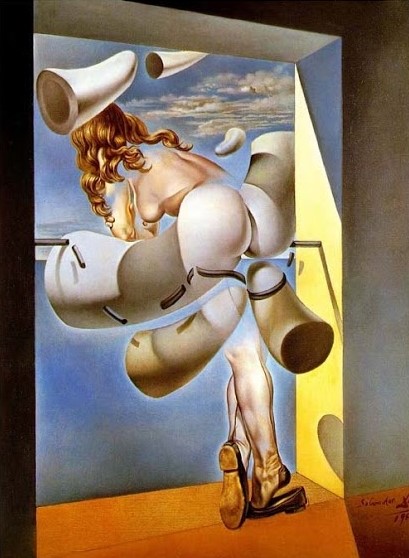
Dream scenarios for «Young Woman at a Window»
The Portrait of Youth in Cadaqués
«Young Woman at a Window» is a work that encapsulates the artist’s youth and his evolution towards surrealism. The protagonist, Anna Maria, Dalí’s sister, is presented with her back turned, looking through an open window towards the sea of Cadaqués. This landscape, a recurring element in Dalí’s work, becomes the backdrop for an image that captures the essence of the Dalí family’s coastal life.
The Picturesque Scenery
Dalí chose Cadaqués as the perfect setting for this work. Through the window, the white houses of Es Llaner are glimpsed, a landscape that has endured over time. The painting becomes a window to the past, showing the environment that inspired Dalí during his formative years. Cadaqués becomes another character in the work, revealing the connection between the artist and this picturesque corner of Catalonia.


Reflection and poetry of Dali at the window
With a poetic perspective of «Young Woman at a Window». He depicts the scene with a focus on the family connection between Dalí and his sister, highlighting the softness and liquidity that defines the work. The surreal atmosphere blends with the serenity of the sea.
At the open window, Ana looks out, where the blue light, surreal promise flashes. The port whispers secrets, the breeze caresses, sea and curtains dance, in a dance of tranquility. The sea sneaks between curtains, like a dream, gently caressing, in a laughing dance. The distance disappears, between her and the waves, fine outline of silhouette, in a game without lineage. The shades of sky and dress, blend together, like curls that glide, in the sea they sink. Extensions of the swell, from her head fall, softly sliding, like verses that attract. The dress falls loosely, like her longings, softly in the frame, by the breeze that is flight. Window open to art, which the room illuminates, looseness and softness, like a wave that fascinates. The liquidity of the painting, a play of reflections, sea embracing the sky, in magical mirrors. Precise edges delineate, reclining woman, discreet realism, vaporous, in her yearning soul. Innocent and simple, like the sea he embraces, figure in front of the window, in sighs of salt, he embraces. Anonymous....
Dalí’s Triumphant Debut with «Young Woman at a Window»
The painting was presented to the world at Dalí’s first solo exhibition in November 14 to 28, 1925, at the Dalmau Galleries. Critics acclaimed the work, highlighting Dalí’s mastery in the representation of the human figure and the captivating atmosphere surrounding «Young Woman at a Window». This debut marked a milestone in the artist’s career, establishing him as a leading figure in the art scene of the time.
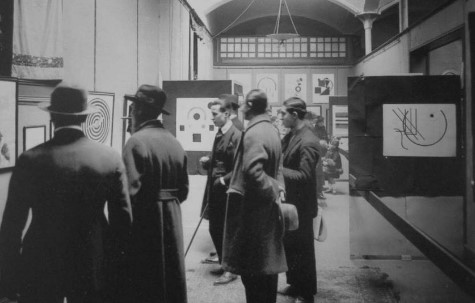
Dalí’s exhibition and his work were widely commented and praised in the press of the time. Reviews such as La Publicitat highlighted the elegiac resonance of the work, while La Veu de l’Empordà praised the freshness and luminosity of «Young Woman at a Window». These positive reviews marked the beginning of the official recognition of Salvador Dalí’s talent.
«Young Woman at a Window» is not just a painting; it is a visual testament to Salvador Dalí’s artistic journey and his unique connection to Cadaqués. From the artist’s youth to official recognition, this work captures the essence of a formative period. We peer into a world where reality and the surreal intertwine, and where a woman’s youth becomes an eternal symbol of artistic genius.

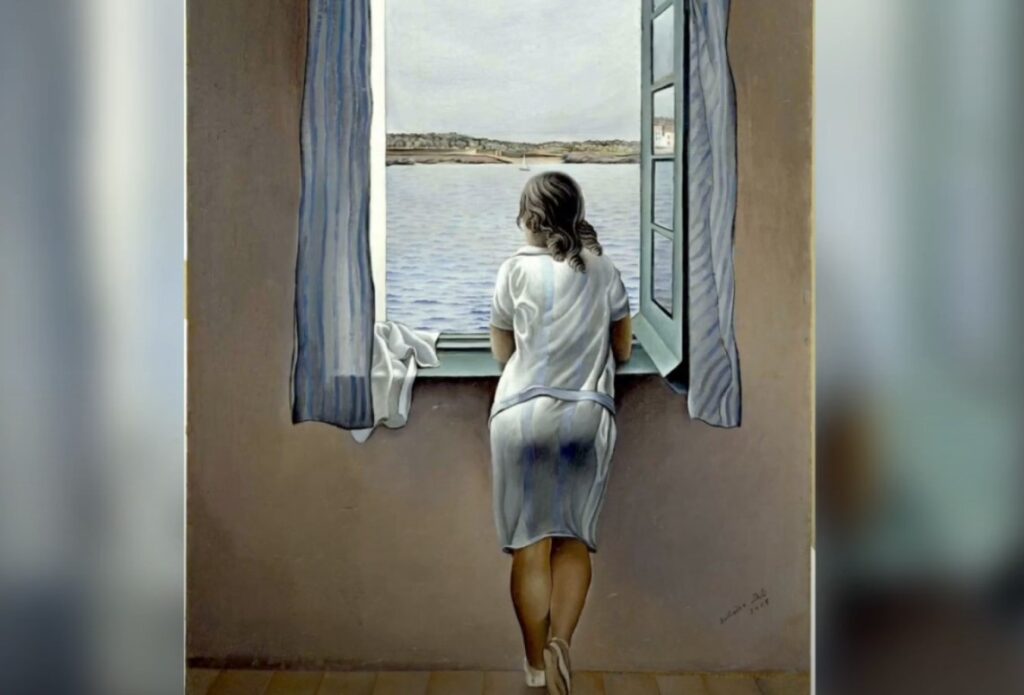


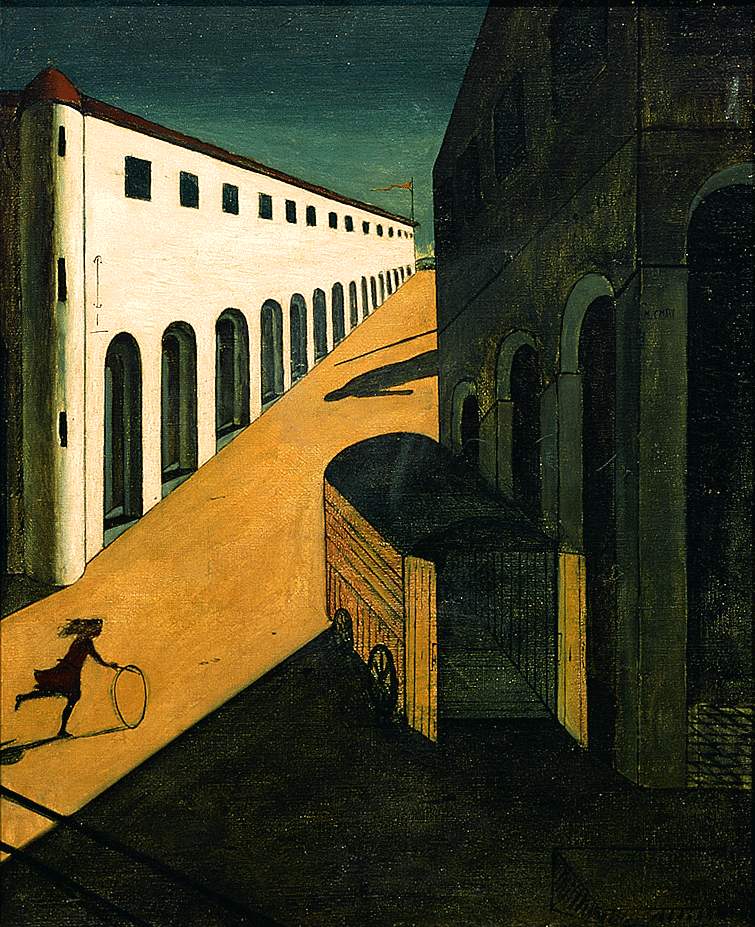
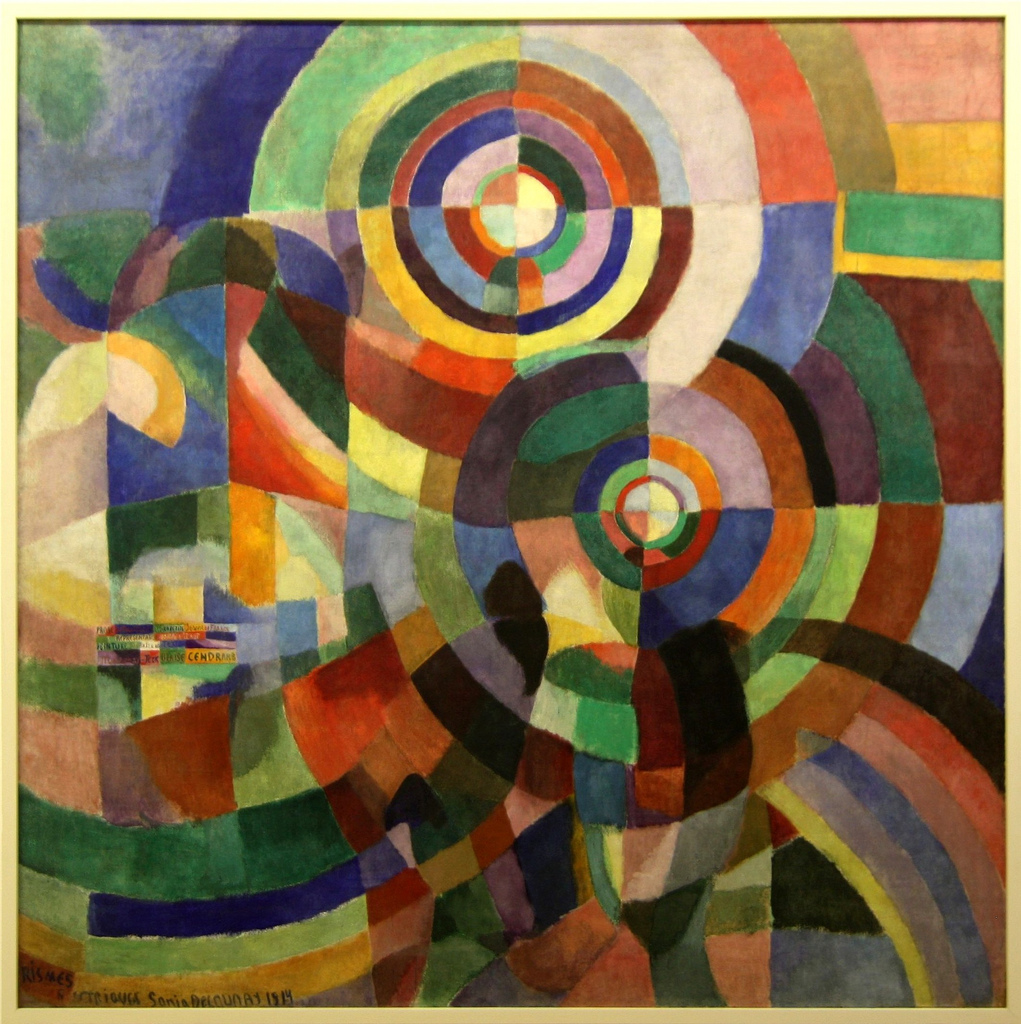
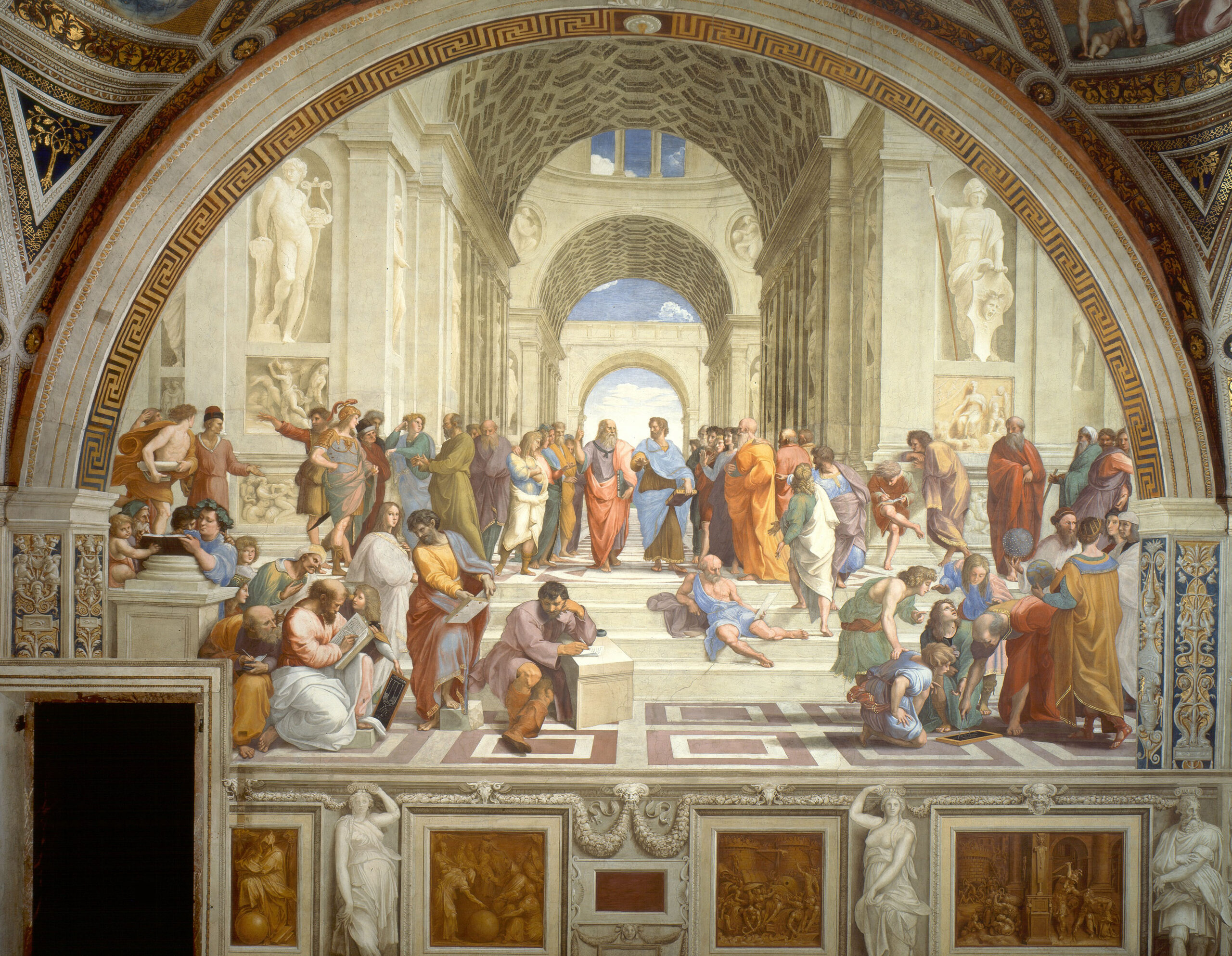
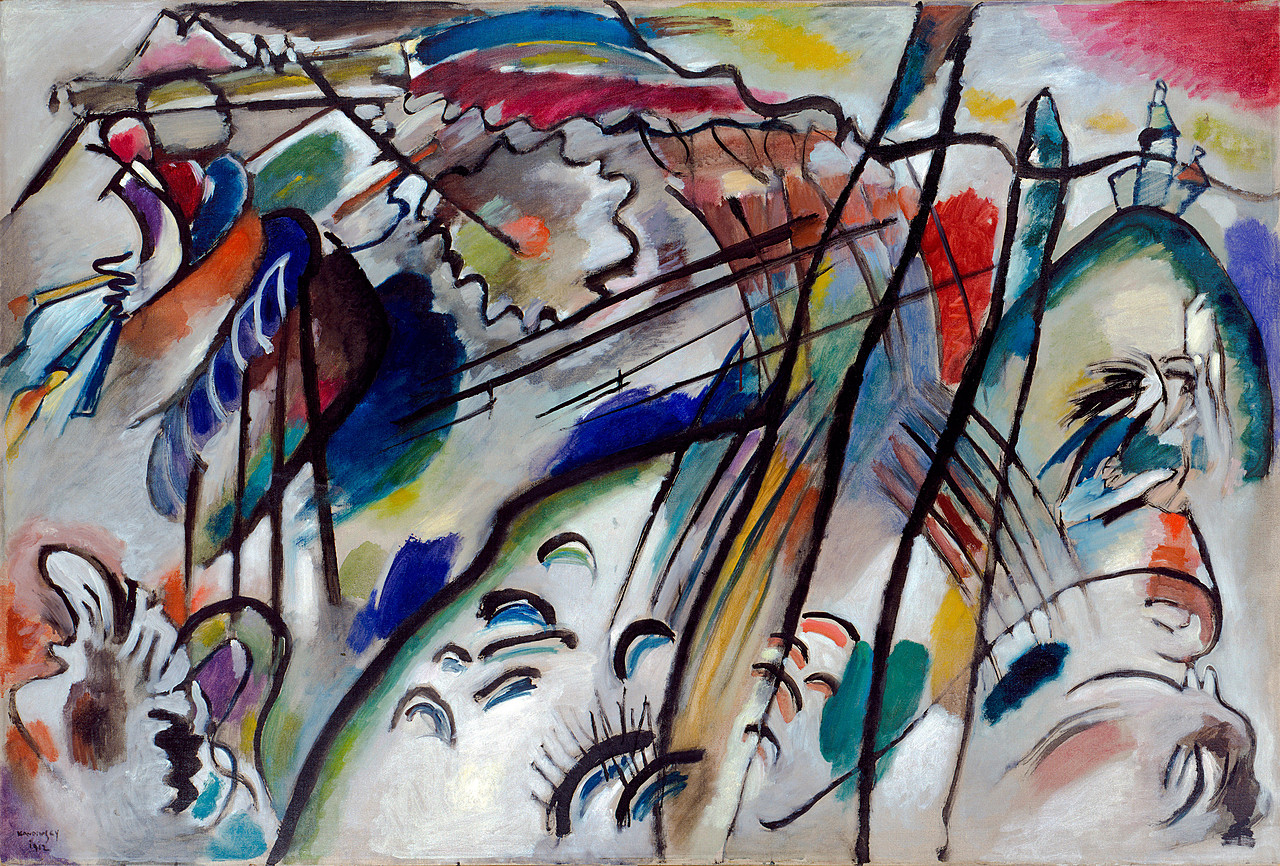
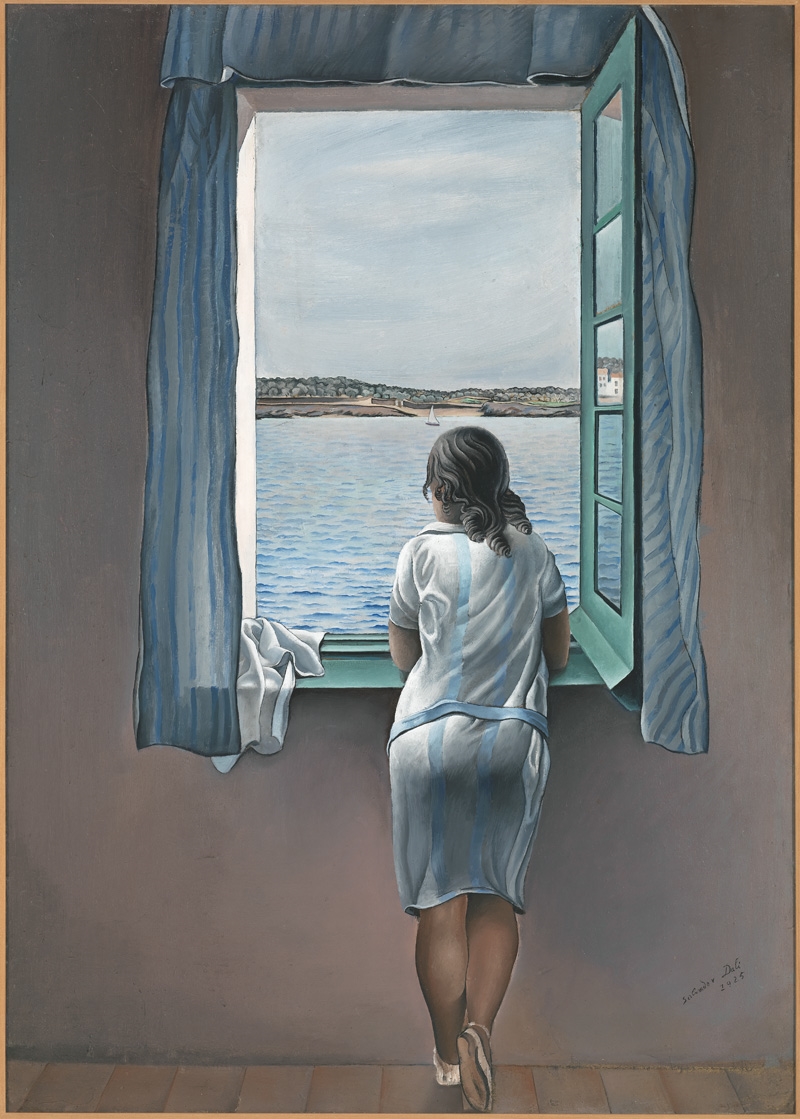
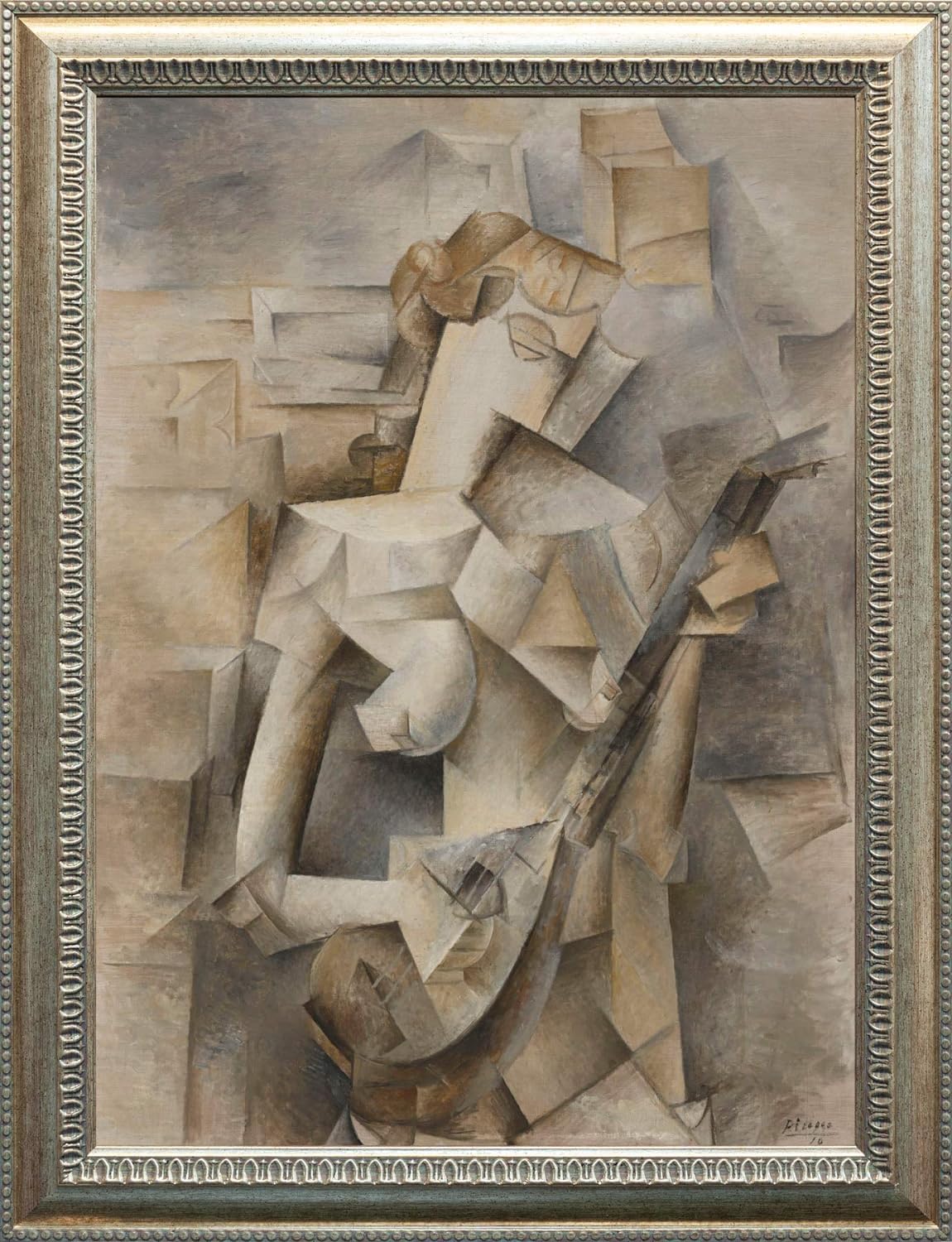
Are there 2 windows in the painting? A ventilator on top whose cross shaped frame can be barely discerned?
Hello Gupta ,
We have received your comment and are considering a revision of our analysis! We appreciate your comment immensely ! it will surely add knowledge to our site !
Regards …